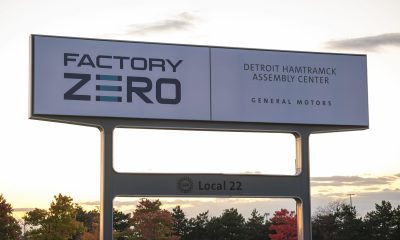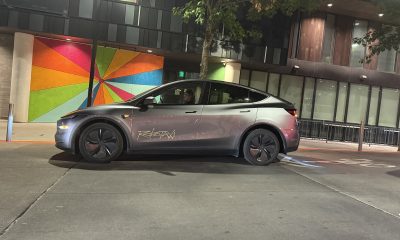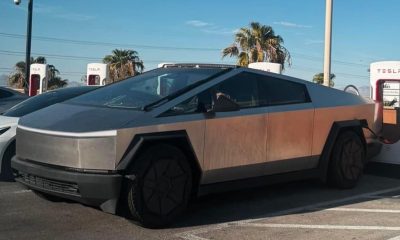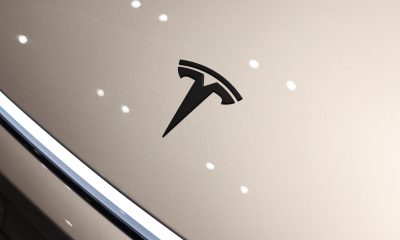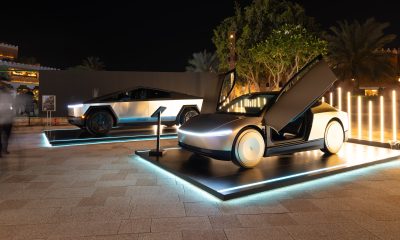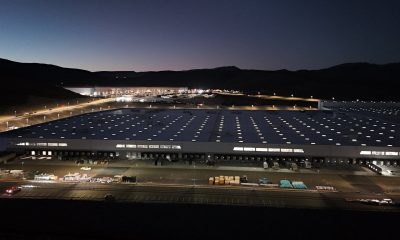Investor's Corner
Tesla beats Wall St. estimates: $7 billion revenue; record Model S, X orders; Model 3 production starts in July
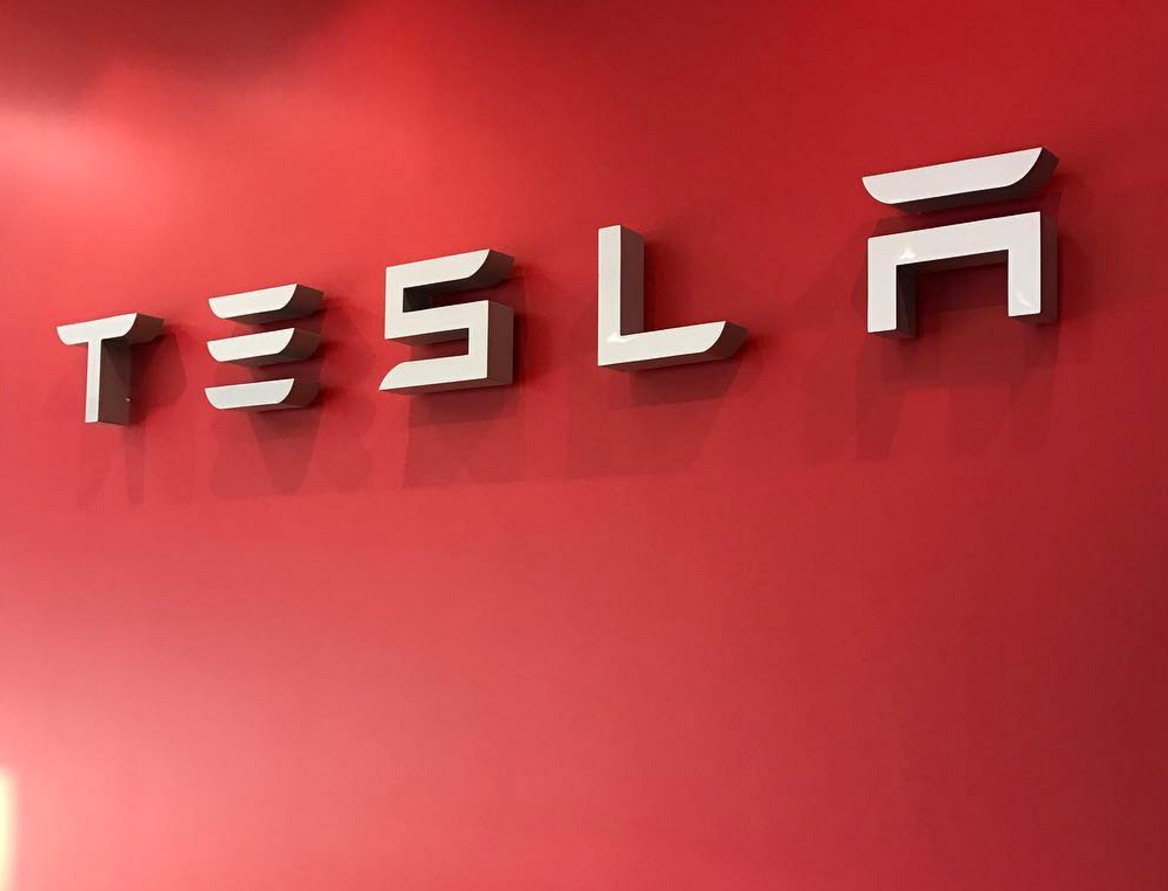
Tesla released its fourth quarter 2016 earnings after the closing bell on Wednesday, summarized in the Q4’16 Update Letter, surprising Wall Street after posting fourth quarter earnings loss of 69 cents a share, at the low end of the estimated analyst losses. Revenue was $2.28 billion versus an estimate of $2.13 billion.
The complete text of the Tesla Fourth Quarter 2016 Update letter can be seen at the end of this article. We’ve embedded a copy of the original document from Tesla.
Revenue
In the letter, Tesla announced that “2016 revenue of $7 billion, up 73% from 2015.”
This is the first time Tesla reported earnings since the company’s acquisition of SolarCity Corp. in mid-November. Tesla had done little to guide the market for how to expect results, leading some analysts to exclude the solar panel business from their estimates until greater clarity is provided. As a result, the estimates between analysts varied widely. Some were expecting the company to report a loss of as low as $0.43 per share on revenues of $2.18 billion for the December quarter. Other analysts were expecting a loss of as much as $1.19 a share. According to a consensus poll with analysts conducted by FactSet, Tesla was expected to report an adjusted fourth-quarter loss of 53 cents per share. Expectations varied greatly.
Model 3
In the letter, Tesla announced that “Model 3 on track for initial production in July, volume production by September” and reiterated that “the Model 3 and solar roof launches are on track for the second half of the year.”
The company also reported record high orders in Q4 for its Model S and X vehicles.
Elon has set a July 1 deadline for his suppliers and internal teams to be ready for production. Investors will be listening for additional information about the status of the Model 3 during the conference call scheduled for 2:30 pm PT today.
An update on the Model 3 is highly anticipated. With Elon Musk’s goal of manufacturing and selling 100,000 to 200,000 Model 3’s in the second half of 2017, and half a million cars per year by 2018, this is a major driver for the stock. Since the company ended 2016 producing 83,922 cars, or roughly 230 cars per day, ramping up production sixfold will require new investments in equipment, people and facilities.
Guidance for 2017
In the letter, Tesla states that “We expect to deliver 47,000 to 50,000 Model S and Model X vehicles combined in the first half of 2017, representing vehicle delivery growth of 61% to 71% compared with the same period last year. In addition, both GAAP and non-GAAP automotive gross margin should recover in Q1 to Q3 2016 levels and then continue to expand in Q2 2017.”
Elon Musk has a history of setting ambitious targets and missing deadlines. Jeffrey Osborn, an analyst for Cowen and Co., wondered if the influence of Chief Financial Officer Jason Wheeler, after about 18 months into his job since coming from Alphabet Inc., would have been seen in setting more conservative 2017’s targets.
SolarCity
In the letter, Tesla announced that “SolarCity and Grohmann integrations underway.”
Elon Musk also faces the challenge of integrating SolarCity into Tesla. He dropped the word “Motors” from the company’s name earlier this month as he looks to make a fully integrated company that makes solar powers to generate energy, large batteries for storing that power at home and offices and electric cars that can run on it. Since the deal closed on Nov. 21, Tesla shares have risen almost 50%.
The quarter’s results include just over a month of the SolarCity merger. It may be difficult to determine how much it impacted Tesla’s numbers unless management provides specific information on SolarCity. March quarter’s guidance will be even more important than usual since it will include a full quarter of SolarCity’s business. Watch for some of these issues to be discussed in the Conference Call Q&A.
Cash
In the letter, Tesla announced that “Q3 to Q4 cash increased by over $300 million to $3.4 billion. In Q4, we increased cash by $309 million.”
One of the big issues against the SolarCity deal was the effect it would have on Tesla’s cash pile just as it prepares to introduce the Model 3. Mr. Musk has said he has enough money, though signaled he might raise additional cash through the capital or debt markets. Tesla’s guidance in October suggested it planned to spend about $1 billion on capital expenditures in the fourth quarter. Tesla finished September with $3.1 billion in cash.
TSLA Stock
Tesla shares have been on a tear, up 53%to $277.39 since December 2 when they closed at $181.47. From a technical perspective the shares had created a double bottom when combined with the low from November 14 of $181.45. The 53% increase has led to the stock being overbought but the shares have been overbought since the beginning of the year when they were trading at $214. The shares are also 18% above their 50 day moving average and 29% above the 200 day moving average. All of these are bullish indicators, closely followed by technical investors and traders.
The previous time the shares were this far above its moving averages was back in 2014. While it may only be short-term the stock is more likely to move down vs. up after today’s earnings announcement.
Today’s session ended up closing 1.4% lower, with some traders not wanting to risk the huge gains over a Quarterly report. Looking at the extended trading action after the close, the initial reaction to the numbers for Q4 2016 is hugely positive, with the stock raising to $280 just 1 minute after the close and continuing into the session. Expect a positive opening on Thursday.
[pdf-embedder url=”http://www.teslarati.com/wp-content/uploads/2017/02/TSLA_Update_Letter_2016-4Q.pdf”]
Investor's Corner
Tesla investor Calpers opposes Elon Musk’s 2025 performance award
Musk’s 2025 pay plan will be decided at Tesla’s 2025 Annual Shareholder Meeting, which will be held on November 6 in Giga Texas.

One of the United States’ largest pension funds, the California Public Employees’ Retirement System (Calpers), has stated that it will be voting against Elon Musk’s 2025 Tesla CEO performance award.
Musk’s 2025 pay plan will be decided at Tesla’s 2025 Annual Shareholder Meeting, which will be held on November 6 in Giga Texas. Company executives have stated that the upcoming vote will decide Tesla’s fate in the years to come.
Why Calpers opposes Musk’s 2025 performance award
In a statement shared with Bloomberg News, a Calpers spokesperson criticized the scale of Musk’s proposed deal. Calpers currently holds about 5 million Tesla shares, giving its stance meaningful influence among institutional investors.
“The CEO pay package proposed by Tesla is larger than pay packages for CEOs in comparable companies by many orders of magnitude. It would also further concentrate power in a single shareholder,” the spokesperson stated.
This is not the first time Calpers has opposed a major Musk pay deal. The fund previously voted against a $56 billion package proposed for Musk and criticized the CEO’s 2018 performance-based plan, which was perceived as unrealistic due to its ambitious nature at the time. Musk’s 2018 pay plan was later struck down by a Delaware court, though Tesla is currently appealing the decision.
Musk’s 2025 CEO Performance Award
While Elon Musk’s 2025 performance award will result in him becoming a trillionaire, he would not be able to receive any compensation from Tesla unless aggressive operational and financial targets are met. For Musk to receive his full compensation, for example, he would have to grow Tesla’s market cap from today’s $1.1 trillion to $8.5 trillion, effectively making it the world’s most valuable company by a mile.
Musk has also maintained that his 2025 performance award is not about compensation. It’s about his controlling stake at Tesla. “If I can just get kicked out in the future by activist shareholder advisory firms who don’t even own Tesla shares themselves, I’m not comfortable with that future,” Musk wrote in a post on X.
Investor's Corner
Tesla enters new stability phase, firm upgrades and adjusts outlook
Dmitriy Pozdnyakov of Freedom Capital upgraded his outlook on Tesla shares from “Sell” to “Hold” on Wednesday, and increased the price target from $338 to $406.
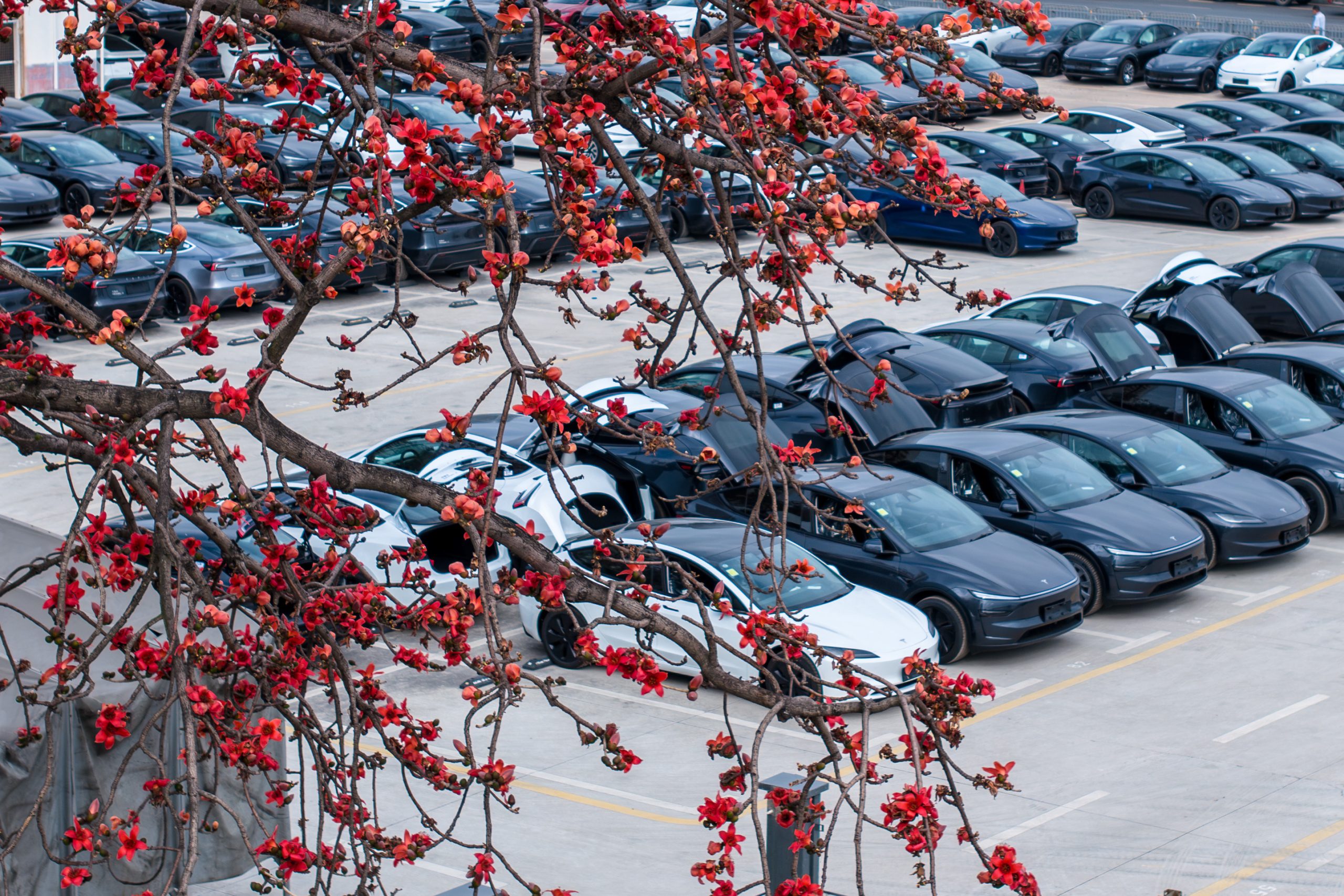
Tesla is entering a new phase of stability in terms of vehicle deliveries, one firm wrote in a new note during the final week of October, backing its position with an upgrade and price target increase on the stock.
Dmitriy Pozdnyakov of Freedom Capital upgraded his outlook on Tesla shares from “Sell” to “Hold” on Wednesday, and increased the price target from $338 to $406.
While most firms are interested in highlighting Tesla’s future growth, which will be catalyzed mostly by the advent of self-driving vehicles, autonomy, and the company’s all-in mentality on AI and robotics, Pozdnyakov is solely focusing on vehicle deliveries.
The analyst wrote in a note to investors that he believes Tesla’s updated vehicle lineup, which includes its new affordable “Standard” trims of the Model 3 and Model Y, is going to stabilize the company’s delivery volumes and return the company to annual growth.
Tesla launches two new affordable models with ‘Standard’ Model 3, Y offerings
Tesla launched the new affordable Model 3 and Model Y “Standard” trims on October 7, which introduced two stripped-down, less premium versions of the all-electric sedan and crossover.
They are both priced at under $40,000, with the Model 3 at $37,990 and the Model Y at $39,990, and while these prices may not necessarily be what consumers were expecting, they are well under what Kelley Blue Book said was the average new car transaction price for September, which swelled above $50,000.
Despite the rollout of these two new models, it is interesting to hear that a Wall Street firm would think that Tesla is going to return to more stable delivery figures and potentially enter a new growth phase.
Many Wall Street firms have been more focused on AI, Robotics, and Tesla’s self-driving project, which are the more prevalent things that will drive investor growth over the next few years.
Wedbush’s Dan Ives, for example, tends to focus on the company’s prowess in AI and self-driving. However, he did touch on vehicle deliveries in the coming years in a recent note.
Ives said in a note on October 2:
“While EV demand is expected to fall with the EV tax credit expiration, this was a great bounce-back quarter for TSLA to lay the groundwork for deliveries moving forward, but there is still work to do to gain further ground from a delivery perspective.”
Tesla has some things to figure out before it can truly consider guaranteed stability from a delivery standpoint. Initially, the next two quarters will be a crucial way to determine demand without the $7,500 EV tax credit. It will also begin to figure out if its new affordable models are attractive enough at their current price point to win over consumers.
Investor's Corner
Bank of America raises Tesla PT to $471, citing Robotaxi and Optimus potential
The firm also kept a Neutral rating on the electric vehicle maker, citing strong progress in autonomy and robotics.
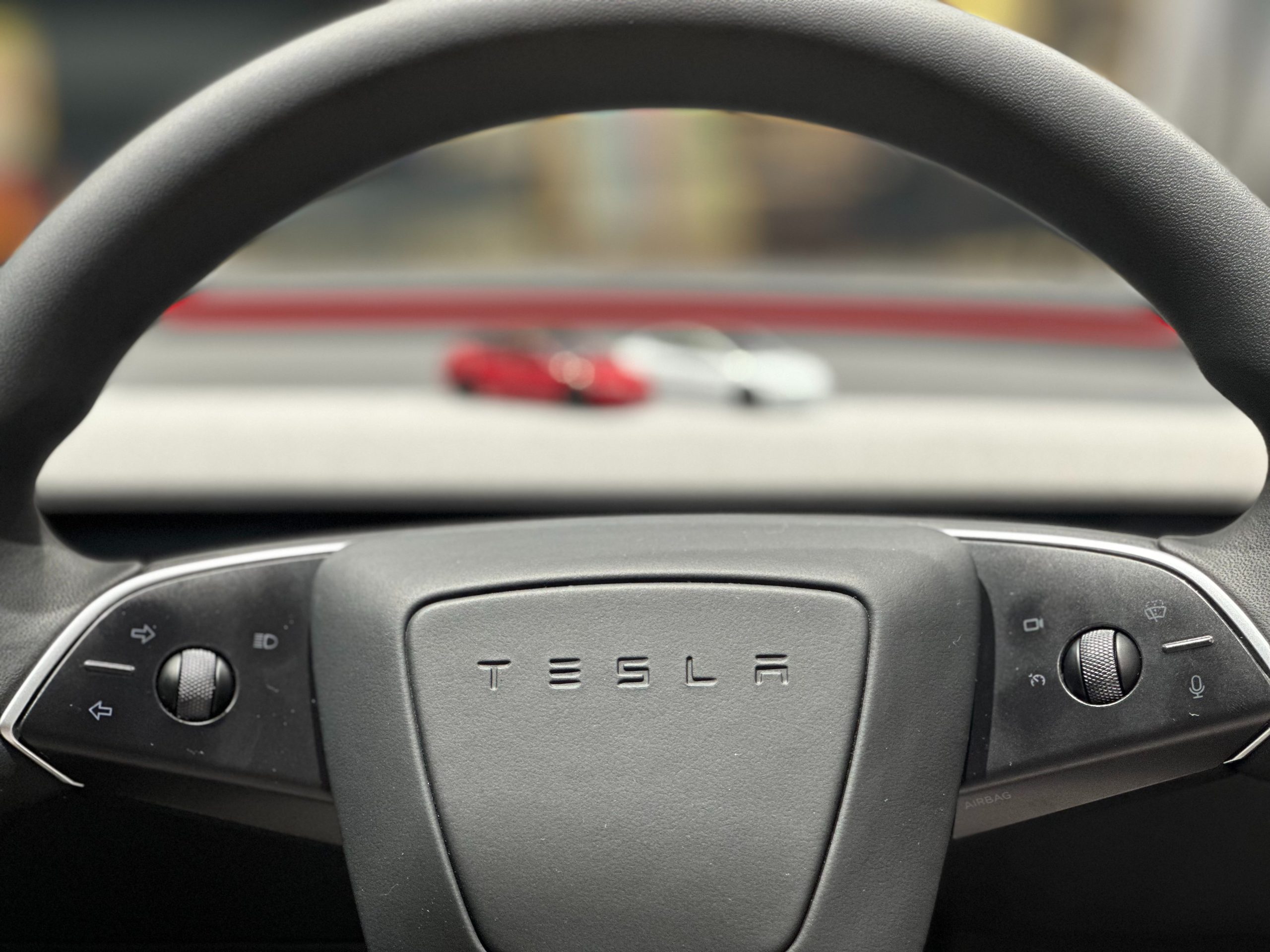
Bank of America has raised its Tesla (NASDAQ:TSLA) price target by 38% to $471, up from $341 per share.
The firm also kept a Neutral rating on the electric vehicle maker, citing strong progress in autonomy and robotics.
Robotaxi and Optimus momentum
Bank of America analyst Federico Merendi noted that the firm’s price target increase reflects Tesla’s growing potential in its Robotaxi and Optimus programs, among other factors. BofA’s updated valuation is based on a sum-of-the-parts (SOTP) model extending through 2040, which shows the Robotaxi platform accounting for 45% of total value. The model also shows Tesla’s humanoid robot Optimus contributing 19%, and Full Self-Driving (FSD) and the Energy segment adding 17% and 6% respectively.
“Overall, we find that TSLA’s core automotive business represents around 12% of the total value while robotaxi is 45%, FSD is 17%, Energy Generation & Storage is around 6% and Optimus is 19%,” the Bank of America analyst noted.
Still a Neutral rating
Despite recognizing long-term potential in AI-driven verticals, Merendi’s team maintained a Neutral rating, suggesting that much of the optimism is already priced into Tesla’s valuation.
“Our PO revision is driven by a lower cost of equity capital, better Robotaxi progress, and a higher valuation for Optimus to account for the potential entrance into international markets,” the analyst stated.
Interestingly enough, Tesla’s core automotive business, which contributes the lion’s share of the company’s operations today, represents just 12% of total value in BofA’s model.
-

 Elon Musk2 weeks ago
Elon Musk2 weeks agoSpaceX posts Starship booster feat that’s so nutty, it doesn’t even look real
-

 Elon Musk2 weeks ago
Elon Musk2 weeks agoTesla Full Self-Driving gets an offer to be insured for ‘almost free’
-

 News2 weeks ago
News2 weeks agoElon Musk confirms Tesla FSD V14.2 will see widespread rollout
-

 News2 weeks ago
News2 weeks agoTesla is adding an interesting feature to its centerscreen in a coming update
-

 News2 weeks ago
News2 weeks agoTesla widens rollout of new Full Self-Driving suite to more owners
-

 Elon Musk2 weeks ago
Elon Musk2 weeks agoTesla CEO Elon Musk’s $1 trillion pay package hits first adversity from proxy firm
-

 News2 weeks ago
News2 weeks agoTesla might be doing away with a long-included feature with its vehicles
-
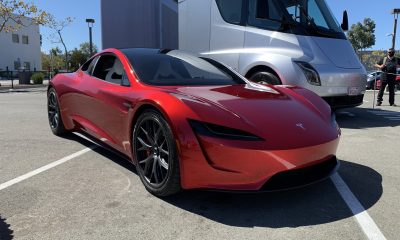
 News1 week ago
News1 week agoTesla updates fans on its plans for the Roadster


